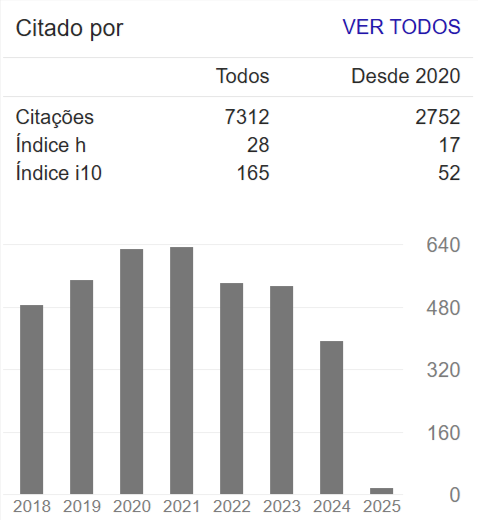Underground flow velocity estimate by electrical imaging
Abstract
This paper describes a field procedure to estimate the groundwater flow velocity in the vadose zone using the electrical imaging geophysical methodology. During the procedure, subsurface resistivity images were obtained for different times by surface measurements of apparent resistivity along a profile. The underground flow was traced by observing the change in subsurface resistivity caused by the movement of saline water injected in two shallow holes. The estimated velocity for the flow of injected saline water was compared to the velocity obtained through conventional assays of permeability (drawdown tests) conducted in the study area and can be considered satisfactory. The procedure is important because it can be used for monitoring environmental contamination, and does not require the drilling of wells.

















